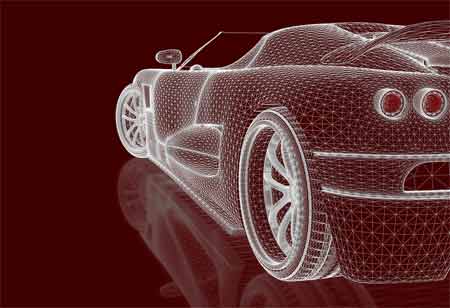Electric cars that are sold in the US market have to comply with the same strict safety regulations and evaluations as traditional vehicles. They must meet the Federal Motor Vehicle Safety Standards. However, low-speed electric cars, which are also known as neighborhood electric vehicles, are an exception.
Fremont, CA: Electric vehicles require less maintenance than hybrid electric vehicles (HEVs) or plug-in hybrid electric vehicles (PHEVs), as they have similar safety and maintenance requirements as conventional cars. Manufacturers prioritize maintenance and safety when building these cars and creating instruction manuals.
Maintenance of Electric Vehicles
The maintenance needs for PHEVs and EVs are comparable to those of conventional cars due to the internal combustion engines. Because of regenerative braking, the brake systems on electric cars are often more durable than those on traditional vehicles, and the electrical system (battery, motor, and related electronics) typically requires less periodic maintenance.
Safety Requirements of Electric Vehicles
Electric cars that are sold in the US market have to comply with the same strict safety regulations and evaluations as traditional vehicles. They must meet the Federal Motor Vehicle Safety Standards. However, low-speed electric cars, which are also known as neighborhood electric vehicles, are an exception. Typically, these vehicles are only allowed to operate on low-speed roads as defined by municipal and state laws. Therefore, they are not required to follow the stricter safety regulations.
High-voltage electrical systems seen in PHEVs, HEVs, and all-electric cars typically vary in voltage from 400 to 1,000 volts. These battery packs are tested against overcharge, vibration, high temperatures, short circuits, humidity, fire, impact, and submersion in water. They also adhere to testing criteria for sealed battery packs. Manufacturers must incorporate safety elements that can isolate or disable the electrical system in case of an accident or short circuit. These vehicles are built with insulated high-voltage wires. Compared to conventional cars, all-electric vehicles often have a lower center of gravity, which increases their stability and reduces their likelihood of rolling over.

 Copyright © 2025 AutoTech Outlook. All Rights Reserved | Privacy Policy | Subscribe | Sitemap | About us | Feedback Policy | Editorial Policy
Copyright © 2025 AutoTech Outlook. All Rights Reserved | Privacy Policy | Subscribe | Sitemap | About us | Feedback Policy | Editorial Policy